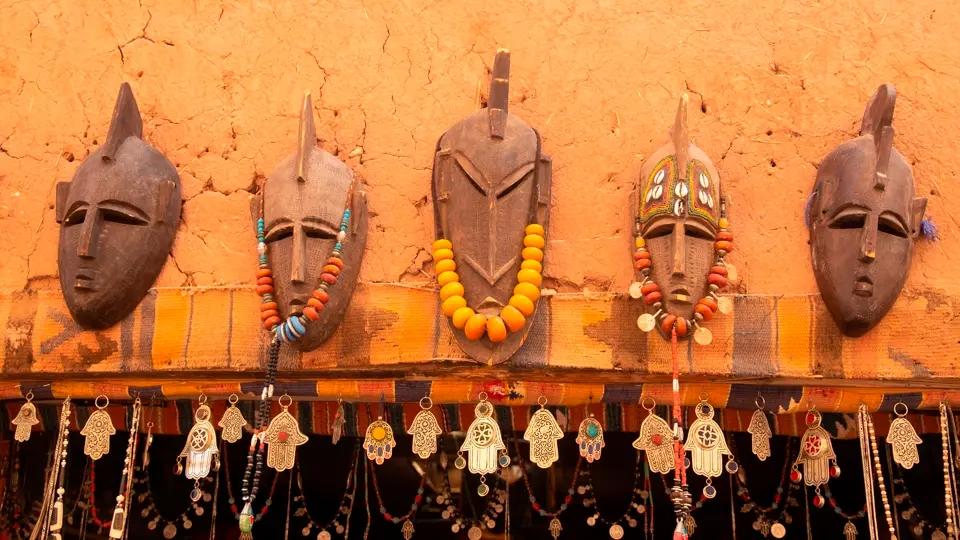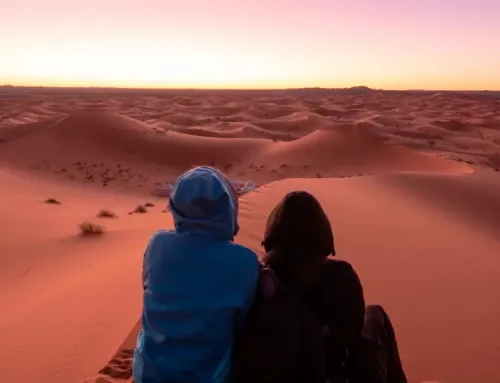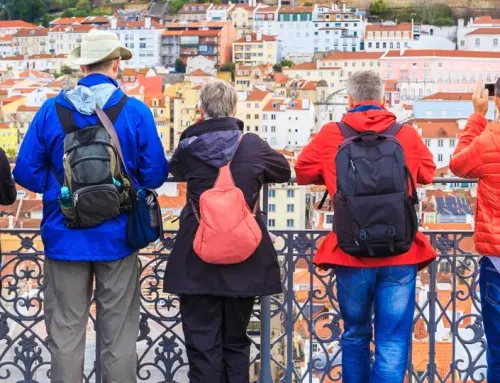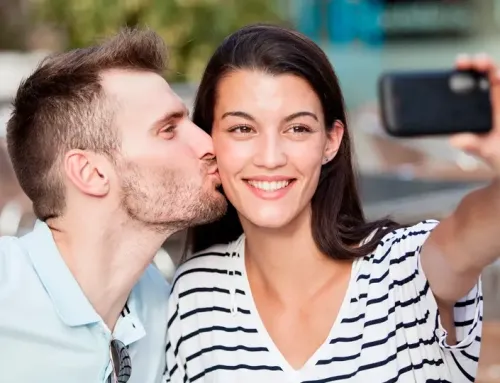Henna: A Legacy Drawn on the Skin
This natural dye is an ancient tradition that has crossed borders and generations. Extracted from a plant native to North Africa and Western Asia, this copper-colored paste has been used for centuries in all kinds of ceremonies and rituals.
In many Arab and North African countries, applying henna is an essential part of celebrations. This is particularly evident at weddings, where brides adorn their hands and feet with intricate designs that symbolize beauty, prosperity, and protection. Henna is also present at festivals such as Eid and Diwali, serving as a shared symbol of identity and collective joy.
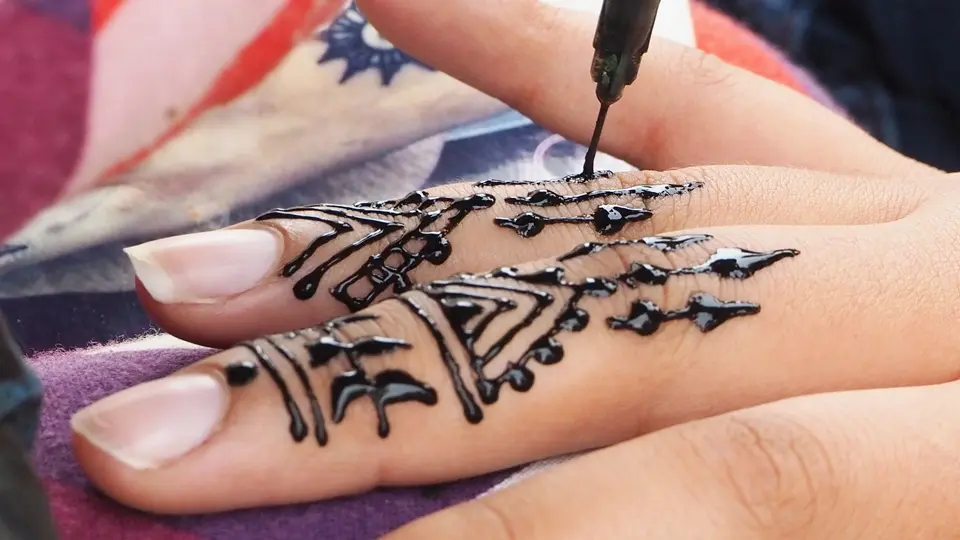
HENNA AND TRAVEL ARE A WAY TO CONNECT
When we travel, we seek more than just beautiful landscapes; we want to experience and connect with other cultures. In places like Morocco, henna provides a direct gateway to authentic cultural connections.
Travelers often experience this during a shared tea in a local home or after dinner under the stars. Many desert tours include the option of getting a henna tattoo before enjoying belly dancing or a Gnawa music performance around the campfire. It’s a way to bring a piece of your trip home with you—literally.
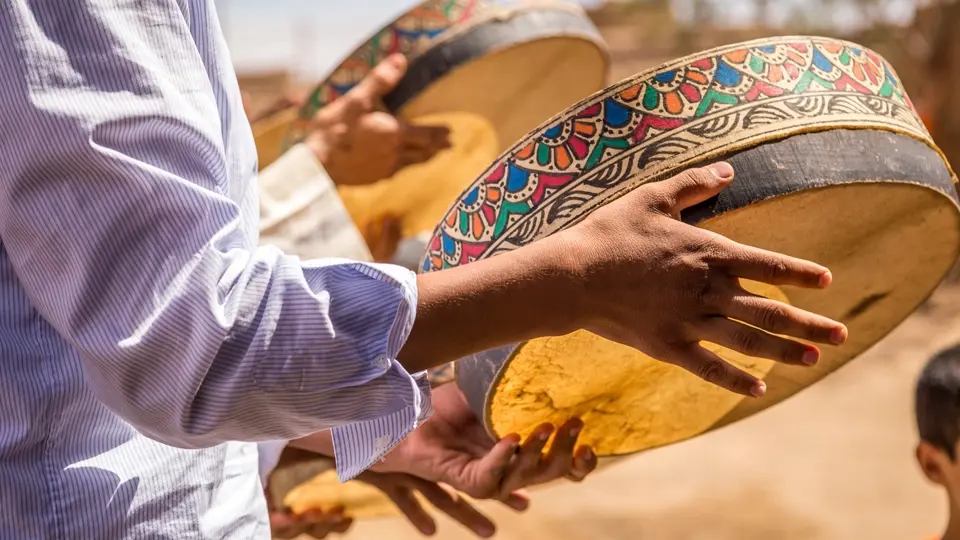
HENNA AT WEDDINGS IS A RITE OF UNION AND JOY
In many Arab and North African cultures, the night before the wedding is a henna celebration, often called “Laylat al-Henna” or “Henna Night.” This intimate moment is reserved for family and friends, during which the bride and sometimes the groom receive intricate designs on their hands and feet that symbolize:
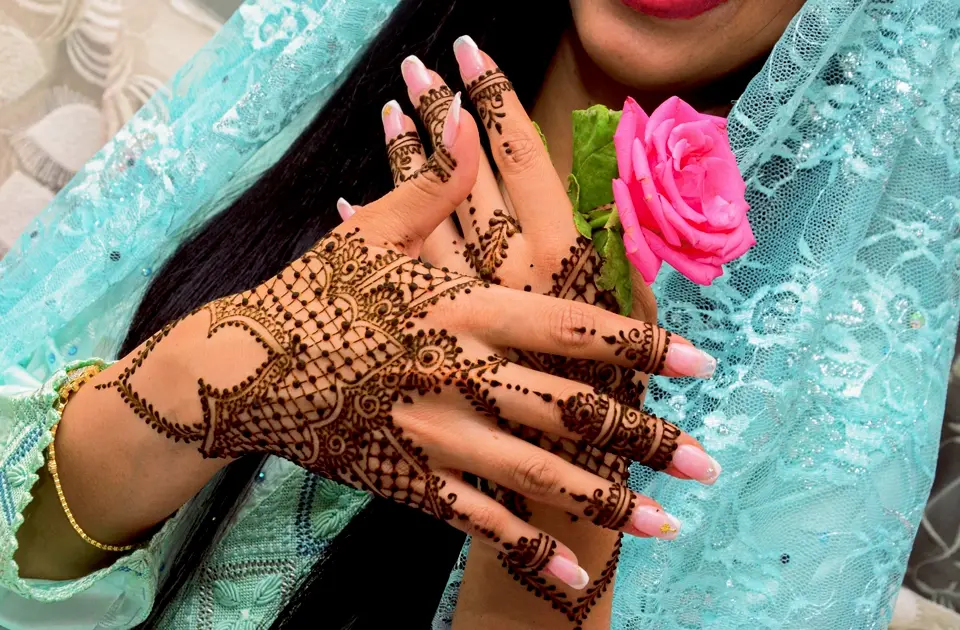
Beauty and celebration: Beyond the symbolism, the application provides the perfect excuse for singing, dancing, and gathering women of all ages.
In Morocco, the ceremony lasts all afternoon. Henna paste is applied in diamond shapes, intertwining lines, and dotted details while mint tea is served and traditional songs are sung.
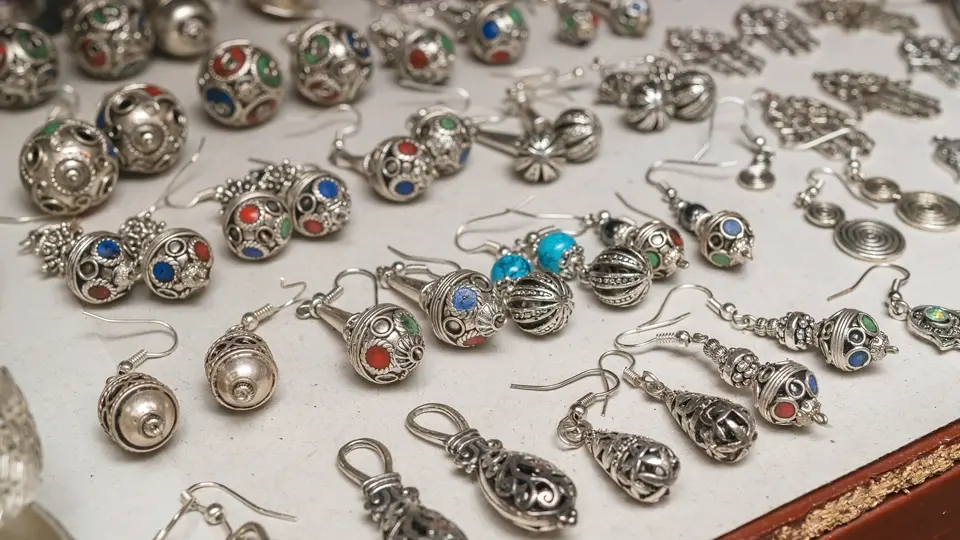
HENNA AT FESTIVALS: SHARED JOY
Henna transcends the bridal sphere and becomes the star of major celebrations.
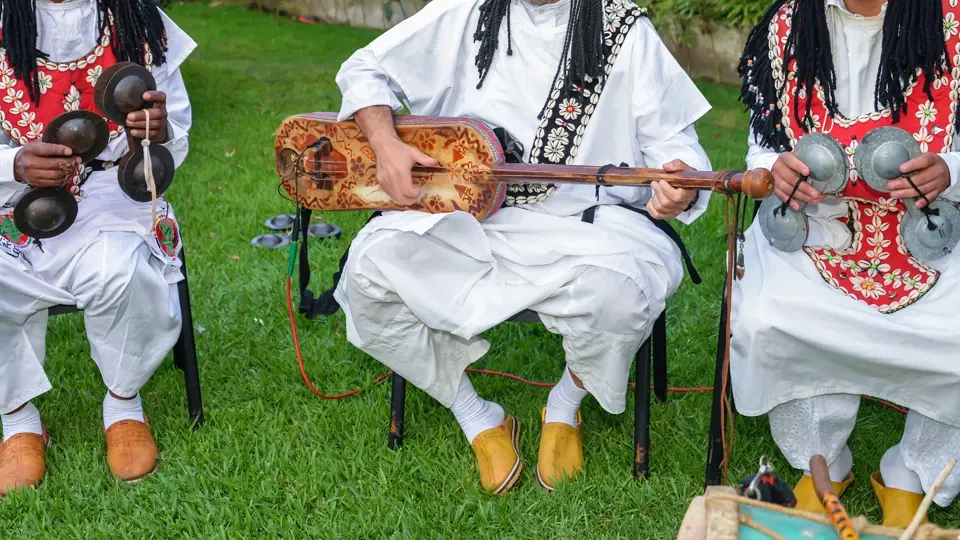
At these gatherings, henna is more than just decoration; it is an expression of collective identity. As hands are adorned with color, stories are shared, and community ties are strengthened. Young and old gather to watch the process, enjoy sweet snacks such as samosas and date cakes, and create lasting memories. When the dye fades, it leaves behind the memory of a day of celebration and belonging.
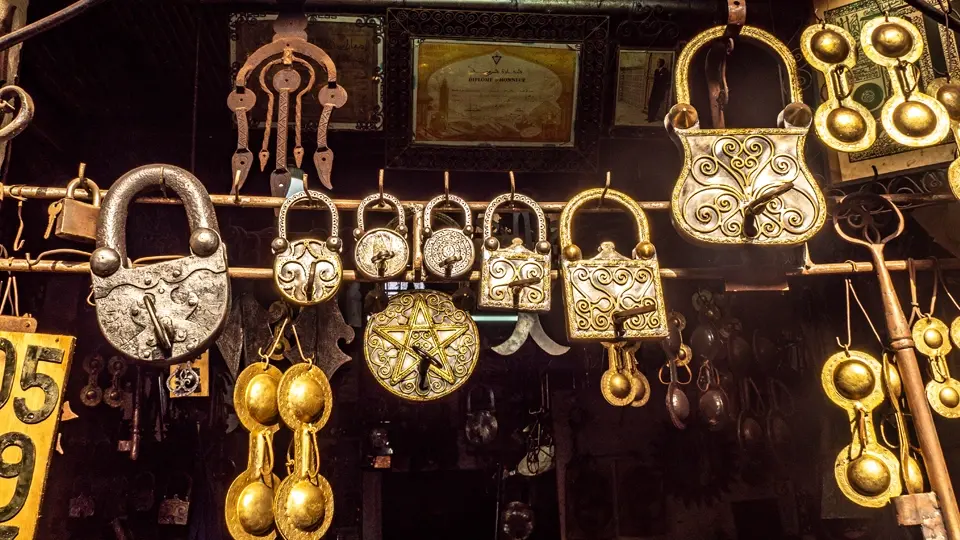
IT’S A COMPLETE EXPERIENCE OF HENNA, DANCE, AND DESERT
One scene that sticks in travelers’ memories is the night at the camp. Henna is part of the welcoming ritual, with a local woman skillfully applying designs that tell stories on the skin. Meanwhile, traditional music plays, the fire crackles, and the rhythms of belly dancing accompany the night.
It’s not just about getting a tattoo. It’s about experiencing a scene that seems straight out of a fairy tale. It’s about letting yourself be enveloped by the place’s rhythm, opening yourself up to its energy, and sharing unforgettable moments.
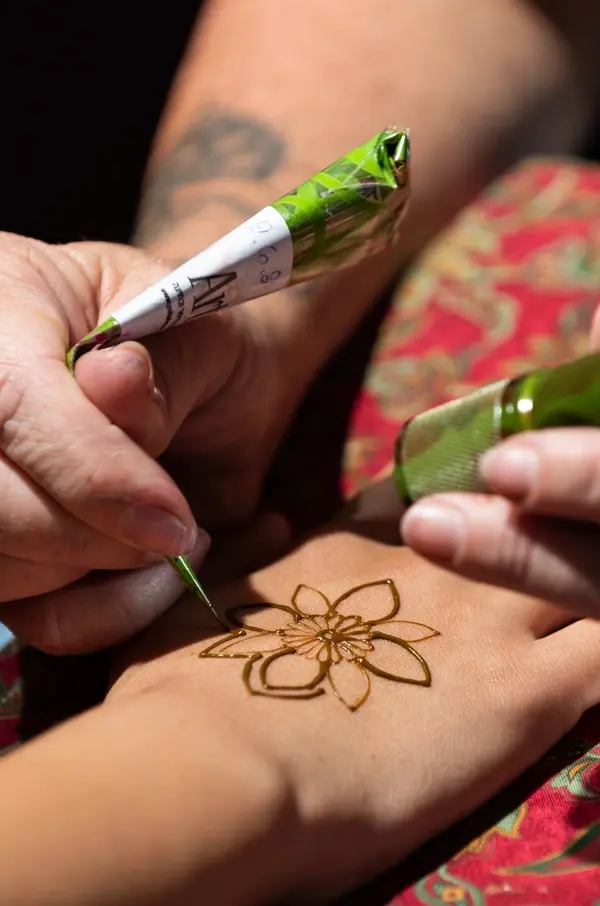
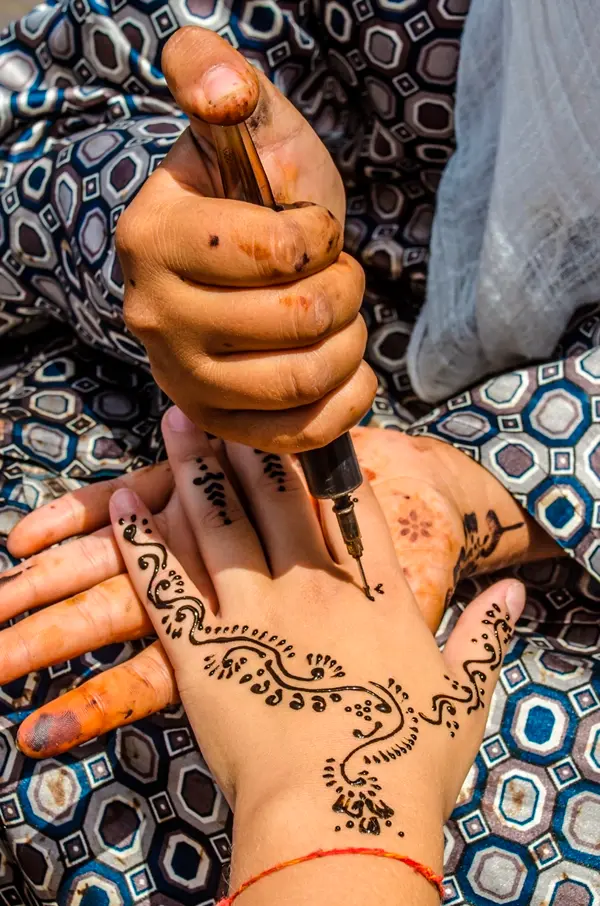
HERE ARE SOME TIPS IF YOU’RE GOING TO GET HENNA:
If it’s your first time, here are some general recommendations:
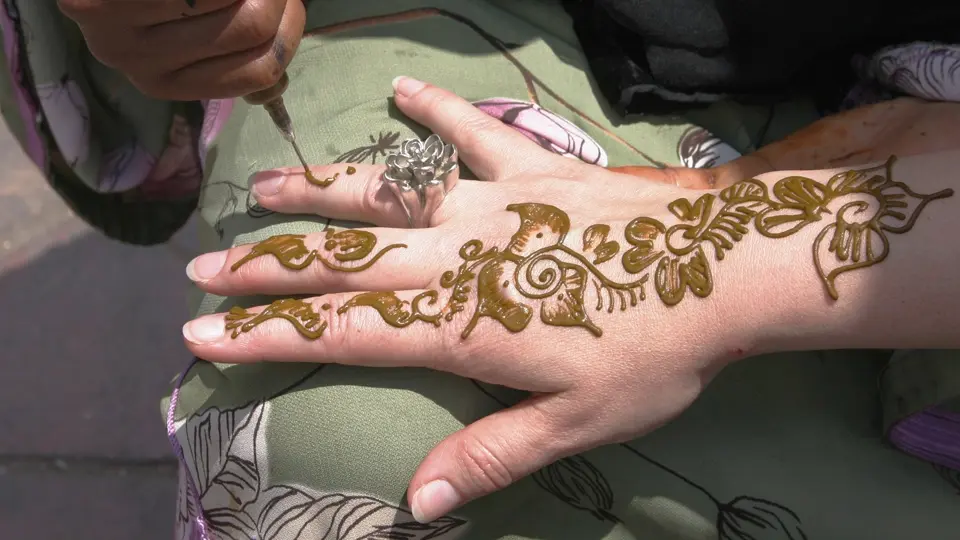
How long does it last? Normally, it lasts between seven and 14 days, depending on your skin type and where it is applied.
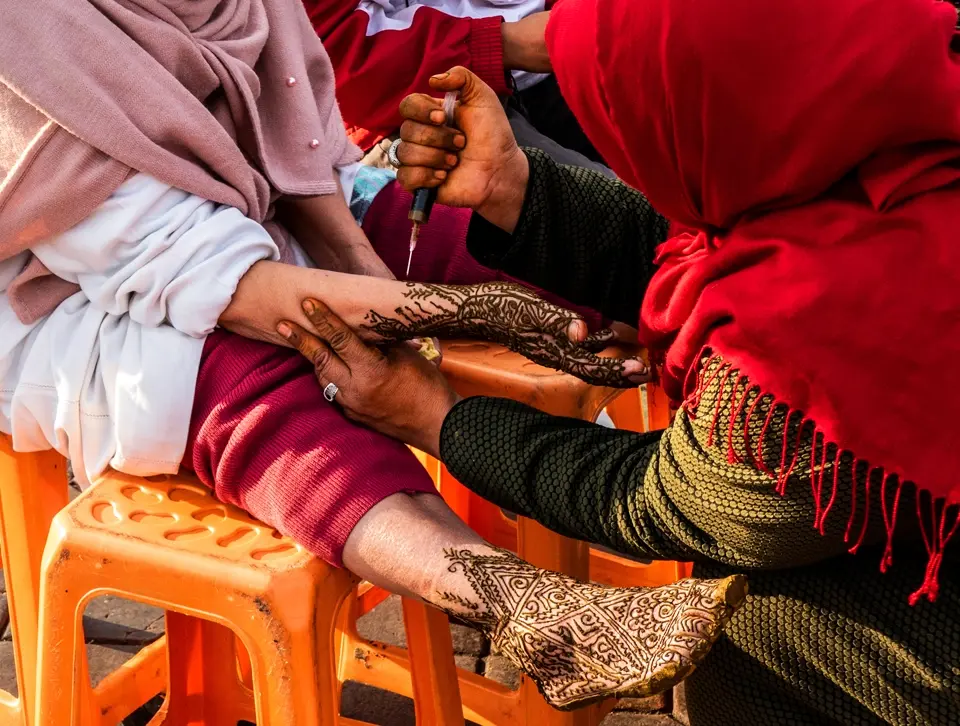
TRAVEL WITH CARAMELTRAIL: EXPERIENCE THE DESERT FROM WITHIN!
At Carameltrail, we don’t just organize trips; we create them with you. Each itinerary is tailor-made to suit your tastes, schedule, and interests.
Whether you’re exploring the souks of Marrakech, discovering Islamic art in Andalusia, or immersing yourself in the silence of the Moroccan desert, every experience with Carameltrail is unique, exclusive, and carefully planned down to the smallest detail.
With a team of expert local guides and constant support before and during your trip, our local luxury travel agency in Spain, Portugal, and Morocco transforms every getaway into an unforgettable adventure.
Traveling isn’t just about getting to a place. It’s about being transformed by it. Are you coming?
